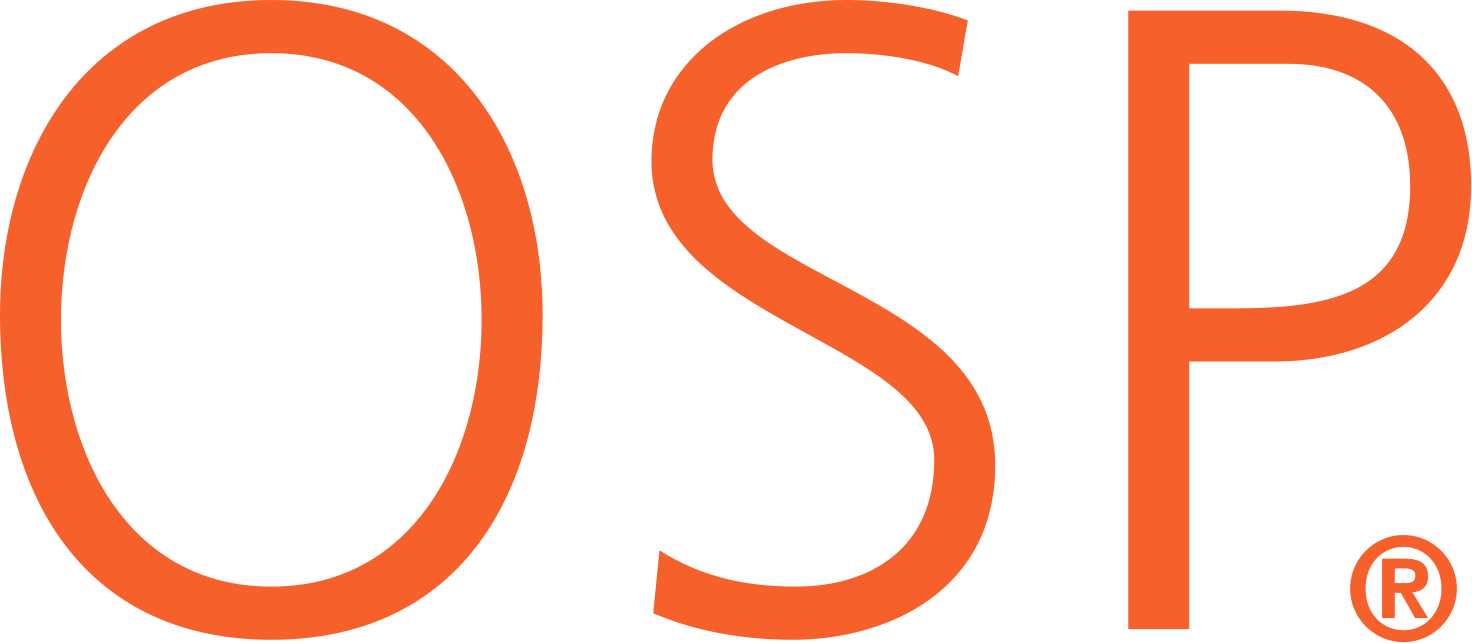Gun Fit
Gun Fit
Since shotguns are pointed, not aimed, it is important that they “fit” the shooter. There are probably as many opinions on this subject as there are fishing guides in the Rockport area. So what the hell, here’s our $0.02 worth - or as Ed Hefty would say, “$10.00 worth of free advice.”
Gil does about 100-150 gun fits a year. He have a “try-gun,” but rarely uses it unless the customer is having a custom stock made. Sometimes if the customer is a small framed adult or teenager, he'll use it, especially if the gun needs to be shortened a lot. Most of the time, he likes to work with a customer's gun because they are used to it, and we're going to have to bend, shorten or lengthen their existing stock anyway. Yes, we said bend.
This is a process of heating the grip section of a shotgun stock, putting it in a jig and bending it in whatever direction needed and letting it cool. It is actually putting an intended warp in the stock. This is done so that when the shooter mounts the gun to the face and shoulder, the butt of the gun is in the shoulder pocket and the muzzles are lined up with the shooting eye.
The butt stock is actually offset slightly to the right for the right-handed shooters and left for the wrong handers. This dimension is called cast. The butt stock can also be moved up or down, adjusting the “drop” - the height of the comb or top of the stock. The amount of cast and drop is determined by the shape of the shooter's face, length of neck and distance between the eyes.
Length of Pull
The other dimension that is important is length of pull, which is the length of the butt stock. Length of Pull (LOP) is typically determined by the length of the shooter's arms and neck, as well as their height.
A shotgun should be short enough to be mounted easily and long enough to be held comfortably. It should be low enough such that the shooter's eye is perfectly aligned with the barrels without having to check the gun tightly.
Here is where the art (experience) comes in.
What is the correct length of the pull? Bottom line – what feels right.
Generally accepted measure is 1 ½ to 2 ½ finger-widths between the thumb on the back hand and the shooter's nose when the gun is mounted. How much cast and drop is necessary? Enough so the shooter's eye is correctly aligned with the rib and the barrel is pointing at what the shooter's eye is looking at.
If the eye is too high, the gun will shoot high. If the eye is left, the gun will shoot left for the right-handed shooter.
How can you tell if your gun fits? Stand in front of a mirror – mount the gun and see where your eye ends up. If it is not perfectly aligned with the rib, the gun will not shoot where you look.
If it needs adjusting, go to an experienced gunsmith or a place like Briley Manufacturing - that's where we send all of our gun fit customers to have their stocks adjusted. Or go to a professional instructor who has experience in gun fitting and have your gun fitted to you.
Do it now!
_____________________________________________________________________________________________________
Gun Fit and Proper Mount
Once I have been fitted for a shotgun, Can I put those dimensions on any other gun and expect them to fit?
– Bo Huggins, Houston, Texas
The answer to this question is both yes and no. In order to understand the answer to this question, you must understand some particular things about gun fit.
Most gun fit problems can be solved with a good gun mount. Your gun fit is controlled 100% by your ability to mount the gun consistently. We do about 150 gun fits per year. We use a try-gun when working with extreme lengths of pull (very short or very long) or when a customer wants dimensions for a custom made stock. The majority of our gun fits are with the customer's gun. The one they will actually be shooting. In doing this, you take balance, grip shape and comb shape out of the equation.
When you are fitted with a “try-gun,” the dimensions will be close for any gun you might buy. How close they are depends on the shape of the stock on the “try-gun” and how closely it matches the shape of the stock of your new gun. More often than not, due to the dynamics and shape of your new gun, some minor tweaking will be necessary. This is where experience and the artistry of gun fitting come in.
We make it clear to our customers that if their bodyweight changes 10 percent either way, it will affect their gun fit. Weight fluctuations will affect the shape of your face, which in turn affects the position of the shooting eye when your face touches the comb of the stock.
Length, Cast, and Drop
The length of your stock is perhaps the easiest dimension to convert one gun to another. How long a stock needs to be has more to do with arm length and neck length than anything else. That doesn’t fluctuate much once a person is 22-25 years old.
Cast and drop, on the other hand, are the most difficult, because the shape of the comb determines how much of either dimension is necessary. The reason for this is the cast and drop dimension is taken from the center of the top of the comb of the gun.
The critical dimension is not where the center of the comb is. It is, however, the shape of the side of the comb that determines where the side of the comb needs to be. That's where the face will contact the stock. The wider the comb, the more cast and drop a person must have in order to get the gun to fit and shoot where they look.
It is our experience that Berettas, Kreighoffs and some Perazzis have wider combs than Brownings, Kemens or Remingtons. If you were shooting a Browning and wanted to buy a Beretta, your dimensions from your Browning would not work. Because the Beretta stock is wider at the comb, you would need more cast and drop to accommodate the extra width of the stock to correctly align your shooting eye with the barrel. If you were going from a Beretta to a Browning, you would need less cast and drop because the Browning comb is narrower than the Beretta.
This has nothing to do with whether one gun is good and another is bad. It's just that they're different dimensionally at the comb. Although your dimensions would get you close, there will be some tweaking involved getting a perfect fit.
We have even seen a person's gun fit change dramatically as their move and mount improves. As a person begins to develop a style of shooting, the consistency of their gun mount improves. As the consistency of their gun mount improves, so will the opportunity to have a more perfect gun fit. We have seen this take as few as two years and as many as five or six, depending on how often the shooter shoots.
We have also had students go to great lengths to try to get two guns to fit and feel the same. The dimensions and stock shape can be perfect on both guns. The weight of the wood can be perfect to the ounce. The metal parts can be weighed and meticulously altered to be exactly the same. And yet when they are assembled, the two guns just don’t feel the same. Although there is not a lot of difference, there is some.
No Equipment Solutions to Training Problems
We see people constantly tinkering with their gun stocks. Installing an adjustable cheek piece and butt plate, using lead tape to change the balance or installing a pitch shim to change the pitch – we don’t feel is the answer.
The added weight of an adjustable cheek piece and butt plates interferes with the balance and dynamics of the gun. It also encourages the shooter to blame gun fit for their misses, because they can change it themselves. You have a non-expert self-correcting. Scary at best.
Like one of our students, Dean Olson said, “Never look for equipment solutions to training problems.”
If they would get the gun fitted and concentrate on learning to move and mount the gun properly, they would become a much better shooter quicker. As Dale Tate says, “90% of the effort into 10% of the problem.”
We have watched Tate fit many guns. He takes a customer to the pattern plate and determines what needs to be done to the gun and goes directly to his shop and alters the butt stock (while you watch). Then it’s back to the pattern plate to see if it needs anything else. If not, it’s to the clays course to shoot targets. At the end of the day you know without a doubt that your gun fits.
We often encourage our students to shoot a pattern plate on a regular basis. Doing this not only assures you that your gun fits; it also shows you how consistent your gun mount really is.
As you see, “gun fit,” like a clay, is a moving target. It has a lot to do with how a gun feels in your hands and your ability to consistently move and mount the gun. As your move and mount evolves so does your opportunity to have a perfect gun fit. You will never shoot better than the quality of your basic move and mount!

